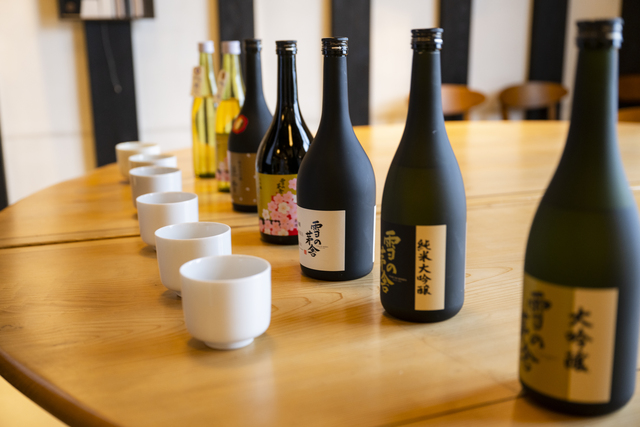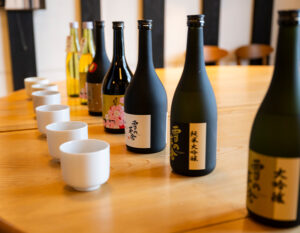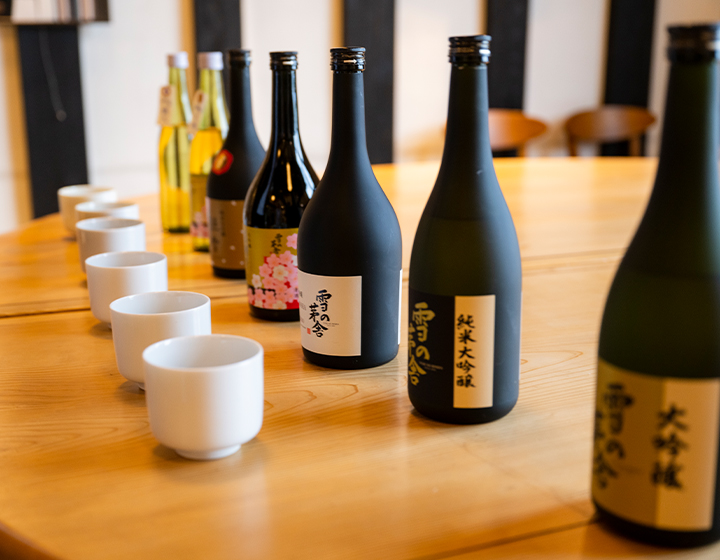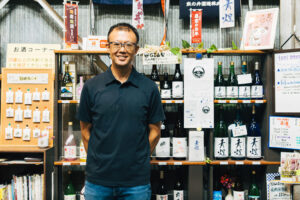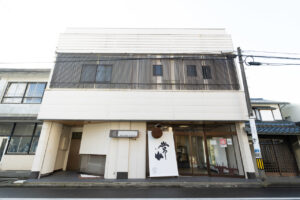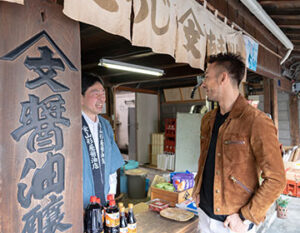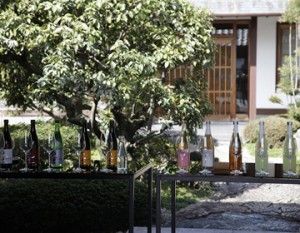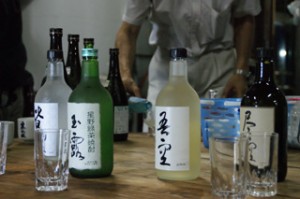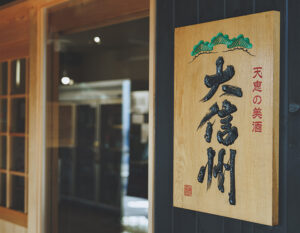Sake Brewery Making the Most of Abundant Water Resources
No region of Akita Prefecture is immune to snow, and this is no different in Yurihonjo City, where the Saiya Sake Brewery was founded in 1902. Yurihonjo, the largest city in the prefecture, is located along the Sea of Japan in southern Akita Prefecture, but it is also surrounded by mountains, with Chokai-san to the south and the Dewa Hills to the east. The snow in the mountains is surprisingly deep, and the melted snow, rich with nourishment from the mountains, brings abundant blessings to people’s lives. The Saiya Sake Brewery, where Toichi Takahashi, a master sake brewer who is admired by many sake lovers in Japan, is located, is also blessed with an abundant supply of high-quality water. Mr. Takahashi is a one-of-a-kind master brewer who creates excellent sake by his unique method of “no oaring and no watering,” which means that he sticks to brewing sake by the power of nature, i.e., microorganisms and yeast. In most sake brewing, oaring is used to mix the ingredients well and to accelerate the fermentation process by stirring. After the unrefined sake is pressed, water is added to adjust the alcohol content and balance the flavor and aroma.
Saiya Sake Brewery’s Specialties
The brewing process at the Saiya Sake Brewery is based on the simple principle of “brewing with only water, rice, and mash. Oar is only used for a short time during the brewing process. The rest of the time, no oar is used and no water is added. When I asked him if the lack of oar additions would, for example, prolong the fermentation process, he replied clearly, “In fact, it will shorten the fermentation period. The result is better if you let the natural convection in the tank do the work. He has stopped using oar irrigation since the day he realized this. He also does not add water for adjustment because it weakens the sake,” says Mr. Takahashi. This is because the addition of raw water, or wari water, to the finished sake can cause the sake to lose its maturity, which has been carefully calculated based on years of experience and intuition. The sake brewed in this way is somehow simple and soft, and the miracle of “deliciousness” created by the power of nature attracts people who drink it.
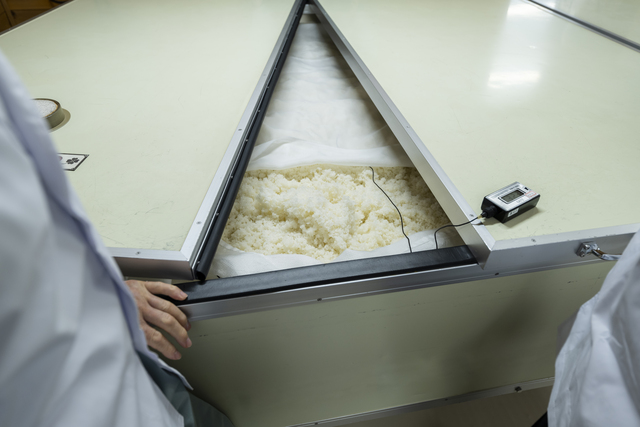
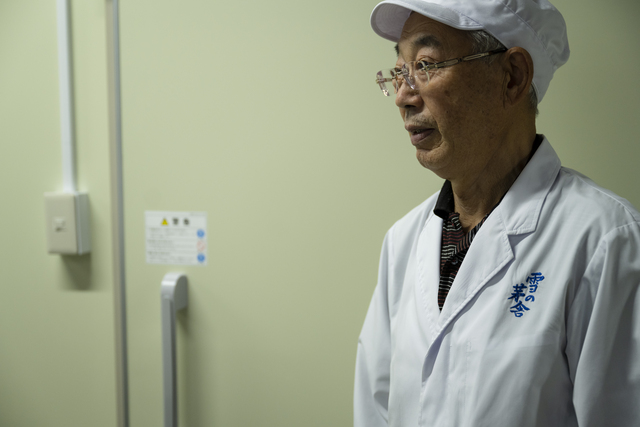
Akita Sake Komachi, the main rice used at Saiya Brewery, is grown by the brewer himself and by local farmers under contract. The advantage of starting with the rice is that we know what kind of rice we are going to brew with that year,” says Takahashi in a simple voice. If you have good rice, water, and koji, all you have to do is let the sake do the rest,” he says with a smile, as if asking the Zen question about sake brewing.
Letting the Sake Do the Work
The inside of the brewery is filled with a fresh, invigorating aroma. Nakada is impressed by how clean and limpid the brewery is, and the brewery ‘s sake is slowly brewed by the power of its ingredients. This process of letting the raw materials do the brewing is the secret to producing a clear, beautiful sake with a full-flavored flavor. One of the characteristics of its representative brand, “Yukino Bosha,” is that it offers a wide range of flavors from daiginjo to regular sake. Among these, the Daiginjo, the standard sake, is a gem of a sake, with a light mouthfeel and a refreshing fruity aroma. Mr. Takahashi, who has been involved in sake brewing for a long time and has trained at a number of breweries since he was a young man, says that “each brewery has its own habits. He says that each brewery has its own unique characteristics. The rice, water, and yeast used, as well as the air in the brewery and the people who work there, all contribute to the brewery’s unique characteristics. Rather than a habit, it may be more like a cosmos. Saiya Brewery’s beautiful sake is the result of Mr. Takahashi’s belief in the power of sake and his understanding of the cosmos. Today, the whispers of yeast are still playing in the tanks, awaiting the day of shipment.
